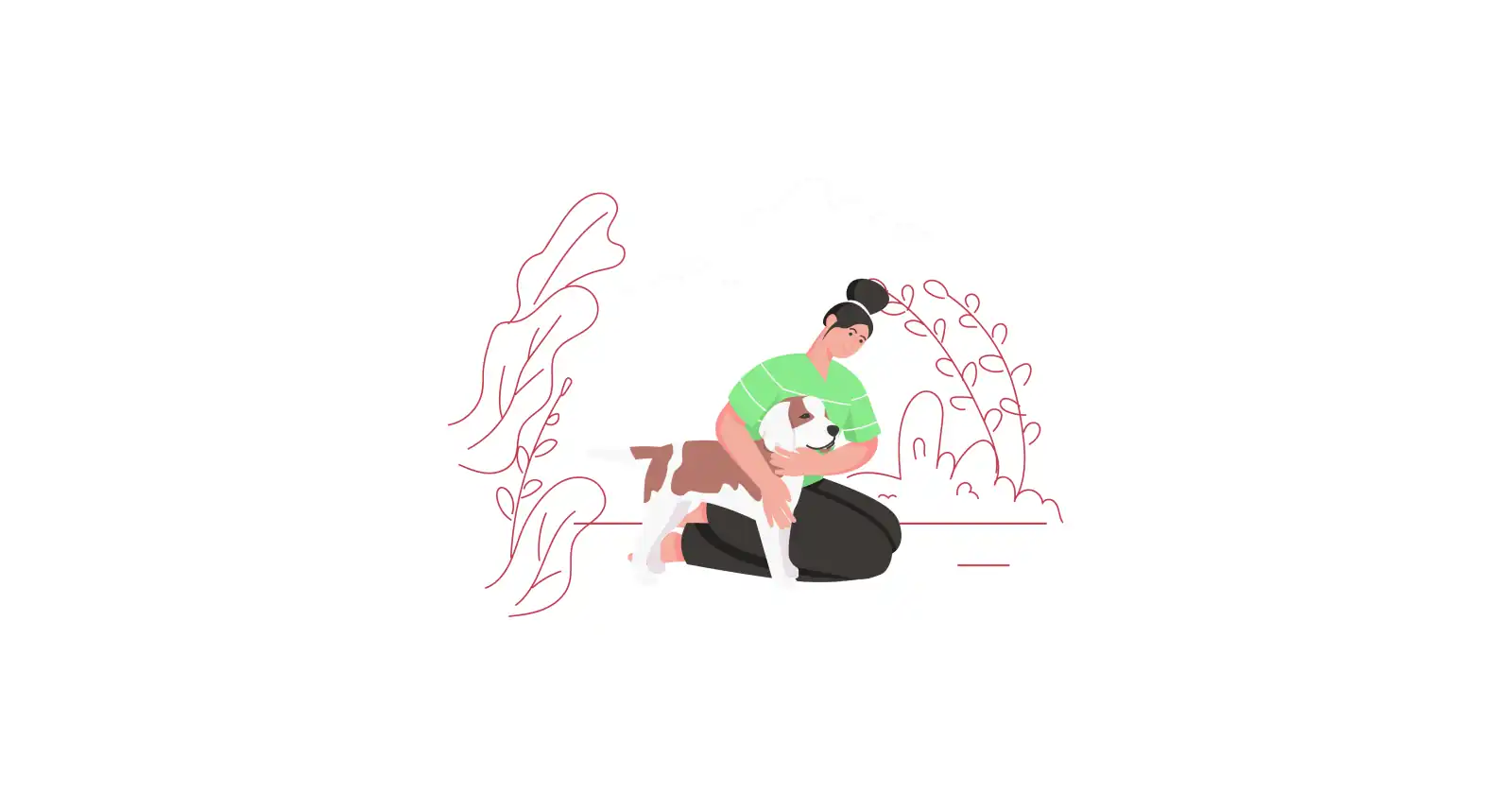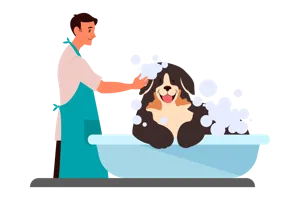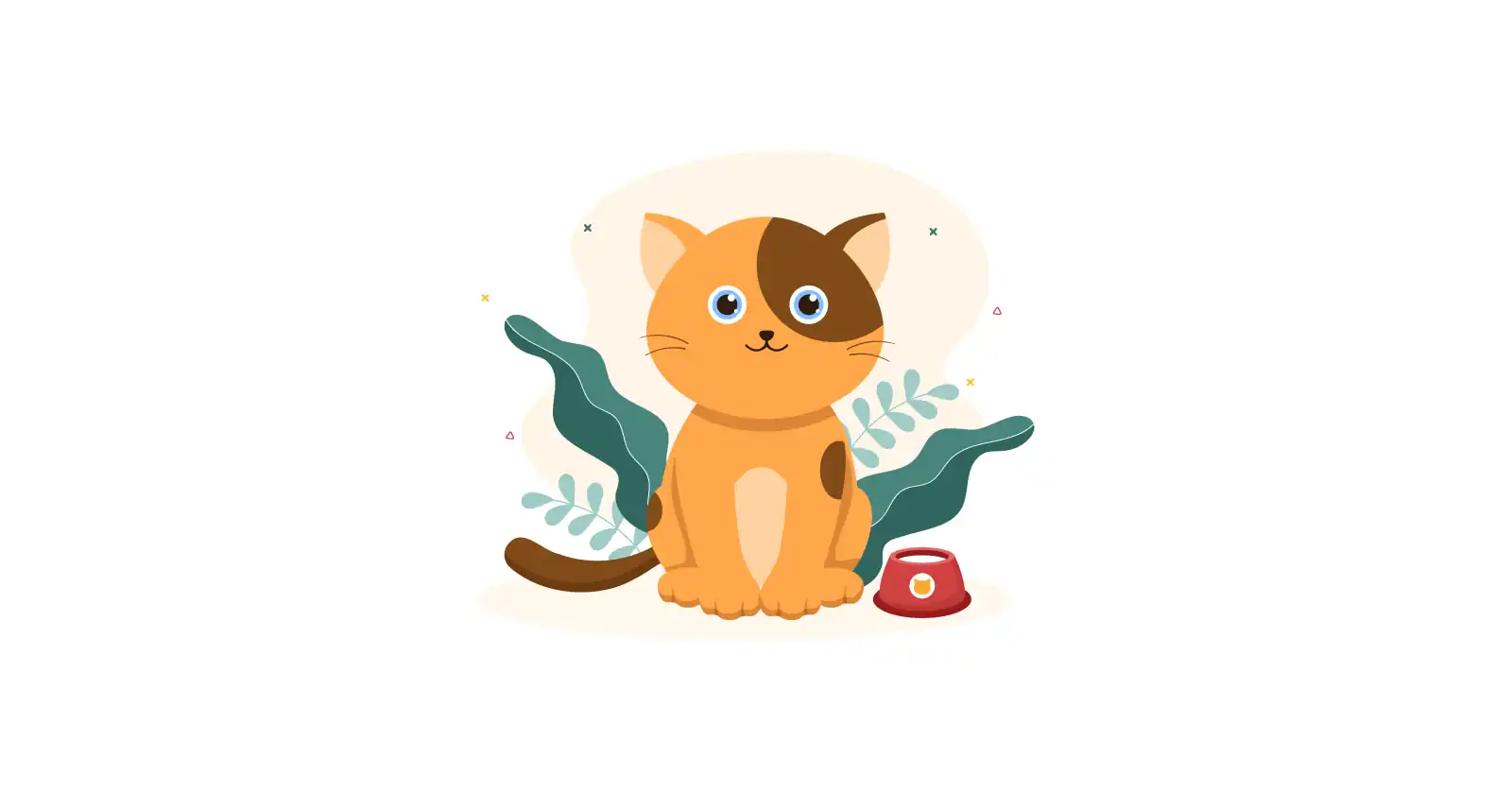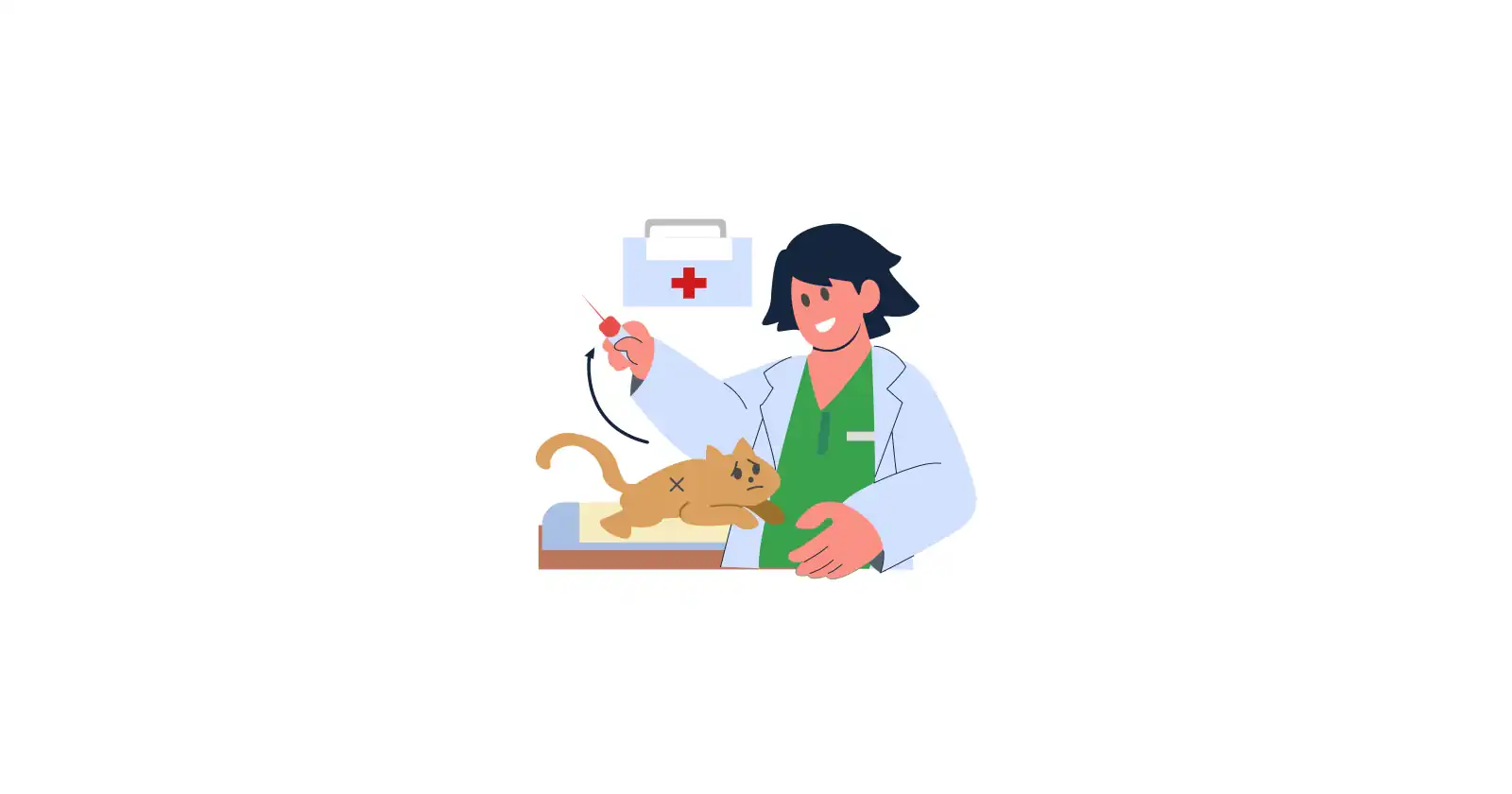Shedding in Dogs - The Complete Guide for a Pet Parent!

Have you ever noticed how your furry friend leaves a mark wherever they go? Well, we are talking about their shedding and it's absolutely normal. But if your pooch is shedding way too much year-long or way too less than usual, it may not be a good sign.
So, how do you identify if your pet is shedding enough? Well, here's a complete guide on normal and abnormal shedding by Dr. Anukarna Singh to help you better. Keep reading to know what abnormal shedding is and how you can make it better for your dear dog.
Why do dogs shed?
Shedding is a completely natural process that dogs go through, to maintain their fur and skin health. This repetitive process helps them get rid of any damaged or excessive fur, leaving a new fur layer for better skin protection.
Now, the amount of fur your pets shed depends on various factors like their breed, time of the year, and their coating type (whether they are single or double-coated). While some breeds like Poodle, Schnauzer, Maltese, and Bichon shed rarely or seasonally; there are breeds like German shepherd, Golden retriever, and Husky that shed a lot more than usual.
Breeds that shed seasonally between March and May, and September & December, do it to prepare their body for the upcoming winters. So, just like you'd replace your light, summery clothes with thick and warm sweatshirts and pants during winter; dogs shed their light fur to get a new thick layer to get ready for the winter. On the other hand, breeds that have a double coating of fur usually shed year-long.
While this is normal, problems might occur when you notice your dog shedding abnormally. But how do you identify if it's abnormal? Here are the signs you could look for:
- Inflamed skin/discoloration
- Brittle fur
- Bald patches
- Excessive scratching
- A sudden increase in hair fall/clumps of shedding
Reasons for abnormal shedding & what you can do about it
1. Improper grooming:
Pet grooming plays an important role in maintaining the fur and skin health of dogs. If your dog goes weeks without a bath and brush, abnormal shedding might begin. To keep them healthy, dogs should be brushed twice or thrice every week. If you have a double-coated dog, brushing them daily would also be fine.
Excessive grooming can also cause problems sometimes. Ideally, a healthy dog with no skin problems should be bathed once every 2 weeks. Some pet parents treat their furry friend way too much like a family member and give them a bath multiple times a week. If you are doing the same, stop it now because you are only worsening their fur and skin quality in the long run.

2. Type of shampoo:
If you love your pet, stop sharing your shampoo with them. Many pet parents use human shampoos on their pets and wonder why their pet is so irritated. Always ensure that you use shampoos specially made for dog skin and fur. Using the wrong shampoo for your dog might cause irritation, rashes, patches, and dryness.
3. Nutritional deficiency:
If the correct grooming routine and shampoos are being used, then nutritional deficiency might be the reason behind your dog's abnormal shedding. A deficiency of omega fatty acids, vitamin A, zinc, and selenium causes abnormal shedding.
Depending on what your dog's diet is lacking, you can include various supplements and food items to improve their health condition. Here's a short list by Dr. Singh on what can be added to the diet.
- Omega-3 fatty acids: Fish or fish cod liver oil, salmon oil, etc.
- Omega-6 fatty acids: Sunflower oil, soyabean oil, etc.
- Vitamin A: Eggs, sweet potato, carrots, etc.
- Zinc: Red meat, fish, nuts, pumpkin seeds, etc.
- Selenium: Rice, whole wheat, beans, etc.
To get a detailed diet chart, you can schedule a Nutritionist Video call with Pet Nutritionist Dr. Anukarna Singh using Kuddle App.
4. Infections/allergies:
Fungal infections caused by yeast or ringworm, or bacterial skin infections can also cause abnormal shedding. If you can notice patches on spots prone to parasitic attacks- down the neck, behind the ears, armpits, and groin, then it is most probably due to fungal or bacterial infections. Ticks and fleas can also cause various allergies and short-term diseases like tick fever in your pet, leading to abnormal shedding. The best way to avoid this problem is by consulting your vet for a suitable treatment. What you can do on your level is to maintain the cleanliness of your pet and the surroundings, proper grooming, and give them a healthy diet.
5. Underlying medical conditions:
If your dog is under a specific medical treatment for a long time, this can also cause abnormal shedding. This is because some medications come with specific side effects. If you feel this is the case with your dog, it's advised to check the side effects of your pet's medication and consult your vet if the medication can be changed to solve the shedding problem.
Hormonal imbalances can also cause abnormal shedding in dogs. These conditions include Hypothyroidism, Addison's disease, Cushing's syndrome, and more. Apart from abnormal shedding, increased thrust, and urination, sudden weight loss or weight gain can also indicate a hormonal imbalance. If you notice such symptoms in your dog, it's advised to consult your vet and get your dog treated professionally.
6. Stress/anxiety:
Dogs as well can go through stress, anxiety, and fear. Dogs tend to shed their coating more when they are scared or nervous. And if this is the case, you try finding out the root cause of stress and work on it.
You can try taking them on peaceful walks and comforting them with their favorite treats. But avoid over-comforting your pet when they are stressed. Instead, get them into a playful mood with fun games.
The detailed guide above has probably helped you understand your dog's shedding pattern. And if your dog is suffering from abnormal shedding, it's time to do something to get it back to normal. Don't know where to start? No worries! Kuddle is here to help you and your furry friend. Consult experienced vets online or schedule an at-home vet visit to help your pet experience a healthy and happy shedding season!


